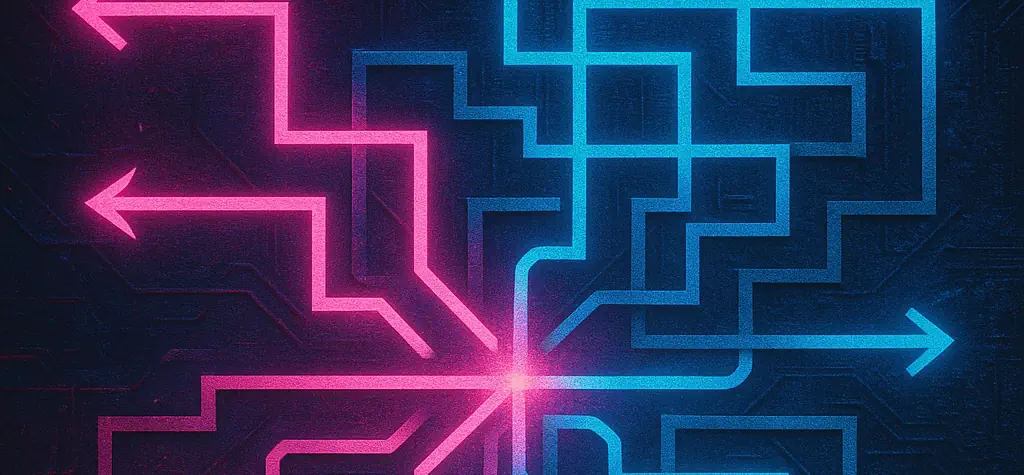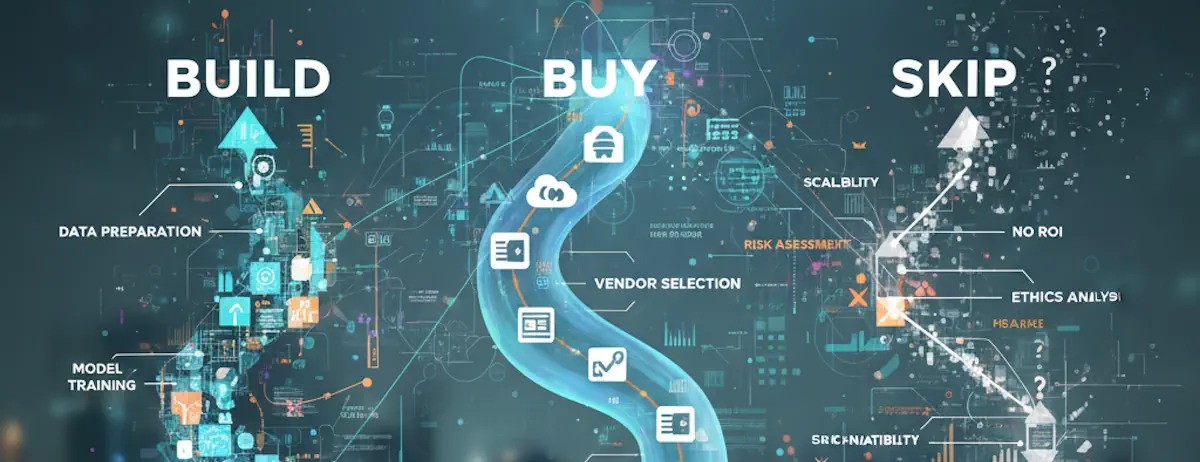Breaking Free from 'Not Invented Here'
Having those tough conversations about reinventing the wheel.

I was recently called in to consult with a team that’s spent six months building a custom authentication system. It’ll work, eventually. But there are proven, battle-tested solutions that could have been integrated in two weeks.
Why are they reinventing the wheel?
The “Not Invented Here” Trap
Every organization I’ve worked with suffers from some version of Not Invented Here (NIH) syndrome. It’s the tendency to reject external solutions in favor of building everything internally. Research shows that NIH creates an “irrational devaluation” of external knowledge, leading organizations to waste resources rebuilding what already exists.
The symptoms are everywhere: “Our requirements are unique,” “That tool doesn’t do exactly what we need,” or my personal favorite, “We could build it better.” These phrases signal that pride, not pragmatism, is driving decisions.
What Connected Ecosystems Actually Deliver
A connected ecosystem leverages proven tools, platforms, and integrations rather than building everything from scratch. Think of it like this: you don’t manufacture your own computers to run your software, so why build your own authentication when Auth0 exists?
Connected Ecosystem Benefits
The benefits compound quickly. Speed matters most. Research shows that organizations can reduce time-to-market significantly by leveraging partners who already have infrastructure in place. You also reduce risk because you’re building on battle-tested foundations instead of hoping your custom solution handles edge cases correctly.
Most importantly, you get to focus on differentiation. As I explored in “Creating Solutions vs. Managing Problems”, energy spent on commodity functions is energy not spent on what actually makes you unique.
Having the Hard Conversations
Recognizing NIH is easier than fixing it. Here’s how to challenge it constructively.
Start with the ownership question. When someone advocates for building internally, probe their reasoning. Research from Learnosity suggests that ownership-based decisions often signal NIH syndrome at work.
Demand a real cost-benefit analysis. Strip away emotion and intuition. What’s the actual cost difference between building and buying? Include opportunity cost, maintenance burden, and security implications. Most teams drastically underestimate the total cost of ownership for custom solutions.
Challenge uniqueness claims directly. Most organizations aren’t as unique as they believe. Push for specific examples of requirements that truly can’t be met by existing solutions. Often, “unique” requirements are actually preferences in disguise.
The Value Unlocks
The numbers tell the story. Connected ecosystems deliver measurable improvements in multiple areas.
Teams adopt new tools faster when they integrate with existing workflows. You eliminate manual tasks through automated data flow between systems. Decision-making improves when unified data is accessible from multiple platforms without switching contexts.
The best technology solutions work invisibly, enhancing what you already do rather than requiring you to learn entirely new systems.
— From “Beyond Chatbots: The Quiet Power of Invisible AI”
This aligns with what I discussed in “Beyond Chatbots: The Quiet Power of Invisible AI”. The best technology solutions work invisibly, enhancing what you already do rather than requiring you to learn entirely new systems.
When to Build vs. Buy
Not everything should be outsourced. The decision framework is straightforward.
Build vs Buy Decision Matrix
Build When
- It's your core differentiator
- No suitable solution exists
- Integration costs exceed development
Buy When
- Proven solutions exist
- Not central to competitive advantage
- Speed to market is critical
Build when it’s your core differentiator, no suitable solution exists, or integration costs exceed development costs. Buy when proven solutions exist, it’s not central to your competitive advantage, or speed to market is critical.
The key is honest assessment. Most features that feel “core” to your business are actually table stakes that existing tools handle well.
Starting Your Connected Journey
Begin with one integration that solves a real pain point. Success builds momentum for broader ecosystem thinking. As organizations realize the time savings and efficiency gains, resistance to external solutions often melts away.
Your job isn’t to build everything. It’s to create value for your customers as efficiently as possible.
What’s the last thing your team built that you could have bought instead? And what would you have shipped with that time?








